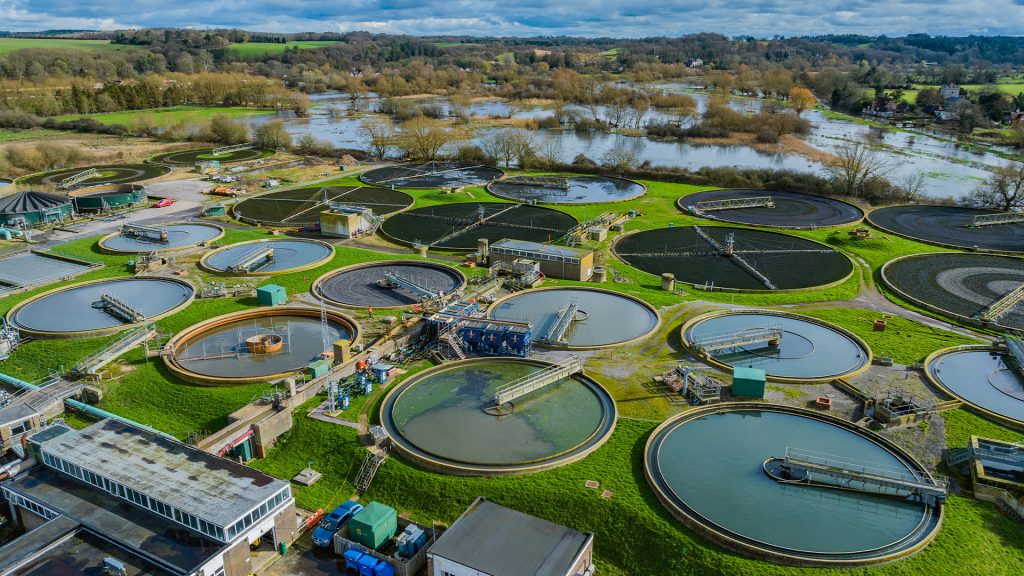Automation meets visualisation as firms deliver new infrastructure design workflow for the water and energy sectors
Sensat, a visualisation platform designed to bring real-world context to infrastructure projects, has formed a partnership with Transcend, a generative-design engine for water, wastewater, and power facilities.
The two companies have developed an optimised workflow designed to automate early-stage engineering in Transcend, then stream ‘highly detailed’ conceptual BIM models into Sensat for contextual review, with feedback pushed back into Transcend. Everything is synchronised through Autodesk Construction Cloud (ACC).
“Design automation only proves its worth when you can see each option on the ground and adapt in real time,” said Harry Atkinson, CCO & co-founder of Sensat. “By fusing Transcend’s generative engine with Sensat’s digital twin, owners and contractors gain the clarity to de-risk projects long before shovels hit the soil.”
“Integrating Transcend’s data-rich engineering outputs inside Sensat means teams can generate, validate and iterate designs for water plants or substations in a single afternoon—delivering infrastructure that’s not just technically sound, but genuinely constructible, affordable and sustainable,” added Adam Tank, co-founder & CCO at Transcend.
Severn Trent Water, one of the UK’s largest water and wastewater service providers, has piloted the Sensat-Transcend workflow on its Westwood Brook treatment-plant project. According to Sensat, it has helped cut design-review time by 90 percent and enabled engineers to generate dozens of treatment-plant layouts in a morning, not weeks, then visualise each option against live topography to spot constructability clashes instantly.
The workflow integration begins by defining the site within Sensat, where users can select asset footprints against a backdrop of 3D terrain, utilities, and constraint layers such as flood zones. These inputs are then used to generate multiple design options in Transcend, complete with Revit models, CAD drawings, and reports. All models and associated metadata are automatically transferred to the project’s Autodesk Construction Cloud (ACC) folder for governance and version control.
Sensat serves as the visualisation and collaboration hub, allowing stakeholders to explore the design in its real-world context, identify risks and opportunities, and capture field notes directly within the platform. Feedback is then pushed back to Transcend, where revised design options are generated—often within minutes.







